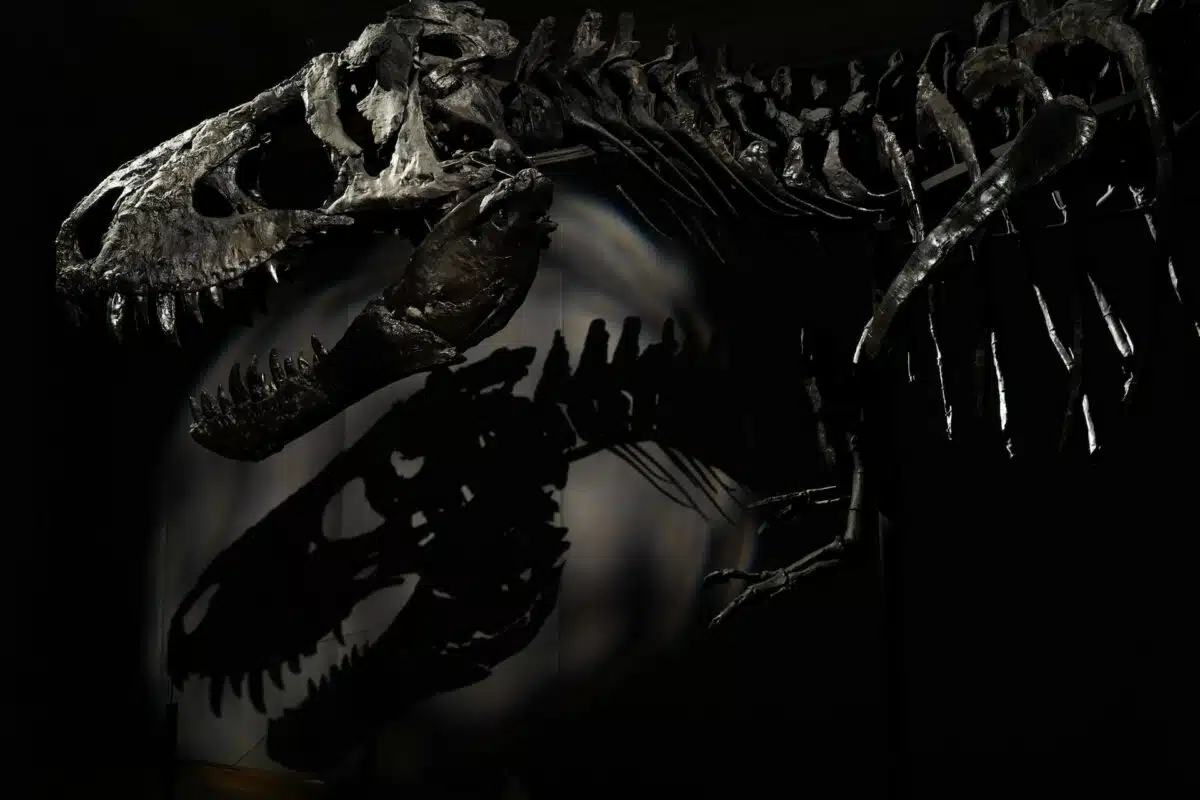You might feel sad at the thought of how natural and human processes have led many species become extinct, never seen again on Earth. However, there are those we had no hand in making extinct. Here is a list of the top 10 dangerous prehistoric animals that are extinct.
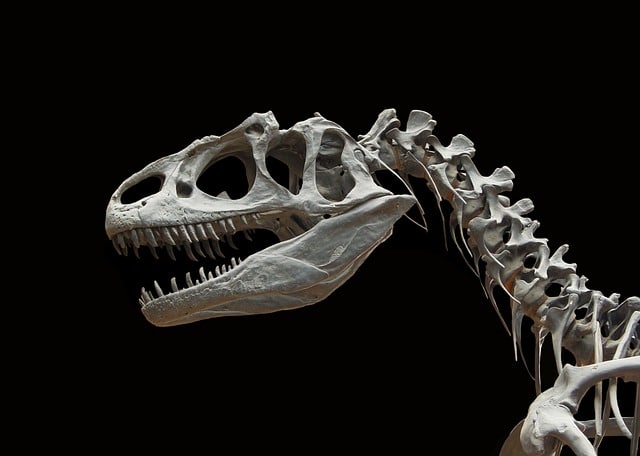
The world has been home to a plethora of dangerous creatures that were so scary even the mere thought of crossing paths with them would seem terrifying.
Despite how lethal existing animals are, they wouldn’t stand a chance against the Cenozoic Era’s substantially larger and deadlier mammals (although noticeably less intellectual). These creatures include: gigantic rhinos, pigs, hyenas, wolves, giant sharks, and saber-toothed tigers.
A Comprehensive Guide To The Top 10 Dangerous Prehistoric Animals
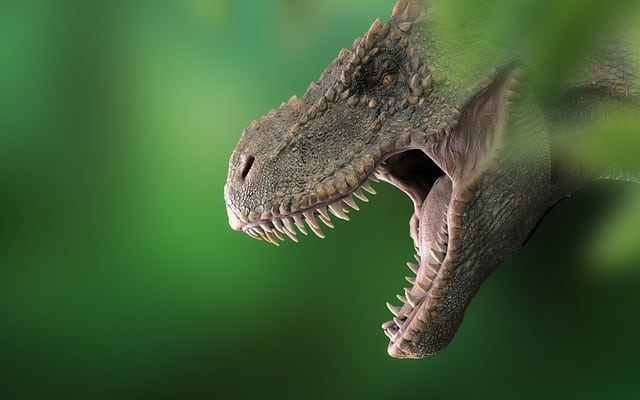
When thinking about dangerous creatures, the first deadliest animal that springs to mind is, undoubtedly, a dinosaur, including the fearsome Allosaurus and the frightening T-Rex.
However, there is more to extinct animals than just that. More vicious, dreadful, scary, bloodthirsty, and absolutely repulsive animals formerly roamed the planet. In fact, it is a relief that they are no longer alive.
Even so, these creatures—ranging from the size of elephants to massive sea creatures larger than the Titanic—still give us nightmares.
If you’re still keen to discover more about these deadly critters, keep reading to learn about the top 10 dangerous prehistoric creatures that certainly are better off in their graves!
#1 Megalodon
Megalodons are an accurate example of one of the most deadly creatures. They can kill you without you ever knowing how they did it, making them one of the most dangerous prehistoric animals. The Megalodons were proudly the ocean’s deity and would consume just about anything.
Their sight and sense of smell were extraordinary. Coupled with their massive, powerful fangs, they could consume almost any species. One bite would be all that was necessary for death to almost certainly occur.
They are the biggest and the deadliest shark species that have ever lived, measuring more than 50 feet. Their incredible jaw power was their most fantastic feature, and they could swim at a very high speed.
Even if their teeth are already razor-sharp, their crushing jaw force is enough to squish a whale’s skull effortlessly.
According to scientists, the average Megalodon was about 60 feet in length. It may have weighed up to two hundred thousand pounds. This is roughly the size of a complete bowling alley. More specifically, they were about 20–50 times larger than today’s great white sharks!
Megalodon devoured turtles and great white sharks, and the fossilized remains of ammonites show evidence of its teeth. It is, after all, undeniable that a bite by a shark with teeth as big as a whole banana is one you cannot survive!
About 2.6 million years ago, the Megalodon went extinct in the Pliocene period, but scientists still can’t explain why. It’s possible that other sharks preyed upon baby megalodons. Or otherwise, the megalodons could not adapt when the earth went through a period of extreme cold.
#2 Titanoboa
One of the most dangerous prehistoric animals include the extinct Titanoboa snakes are giant snakes that roamed the earth approximately 58 million years ago during the Paleocene.
These snake species were enormous constrictors, the largest of them being the Titanoboa cerrejonensis. They are estimated to have had 250 vertebrae, growing to an incredible 42 feet in length. This is way longer than the biggest snake that currently exists, the green anaconda, which is 30 feet long.
These massive reptiles, Titanoboas, which weighed around 2,500 pounds, dwelt in tropical jungles and waterways. Experts believe their fossilized teeth show that they were scavengers. However, these creatures were undoubtedly capable of killing any animal that came within their range.
Titanoboas were the top predators of La Guajira, present in modern-day northeastern Columbia. However, their enormous bodies were unable to adapt to the environmental changes during their time. Therefore, these deadly creatures vanished from the face of the earth well over 60 million years ago.
These beasts would have fed on crocodiles and enormous fish. Besides, they were predominantly marine animals because they would have been unwieldy on land. Yet, they were still capable of pulling prey from the earth into the ocean in a way similar to crocodiles.
The dangerous creatures reportedly strangled their prey by constriction, much like modern anacondas. Meanwhile, some people think they may have also injected their prey with poison.
#3 Spinosaurus
One of the most dangerous extinct animals, the Spinosaurus, has made it to our list of top 10 dangerous prehistoric animals since it was qualified for hunting both on land and in water. You would be out of luck if you ever encountered this predator!
The Spinosaurus was about 60 feet in length and up to 23 tonnes in weight. It was the biggest land and water-based predator ever to roam the globe.
Allegedly, the Spinosaurus could fling its arms with a power of nearly 6 tonnes. Its claws were as large as knives that you would see in a butcher shop.
Spinosaurus also had a relatively powerful bite of about 3 tonnes in weight. Although the bite was still very small for a creature of its size, Spinosaurus had a stronger bite than any predator still alive today.
Even so, only a few more types of animals have harsher bites than this creature – thereby making it one of the deadliest bites of any mammal.
Its teeth were more adapted for gripping than killing. The Spinosaurus apparently utilized its jaws to drag its prey into the reach of its claws, which it would then use to slash them to death.
In reality, the Spinosaurus was a semi-aquatic creature, and a large portion of its diet consisted of marine creatures. It consumed fish, including sharks – that were more powerful than the great white sharks – who were essentially only a small snack for the Spinosaurus.
#4 Andrewsarchus
The largest ground mammalian carnivore to have ever inhabited the earth is the Andrewsarchus. They are estimated to be over 12 feet in length and about 6 feet in height at the shoulders.
Their actual size cannot be estimated with certainty because they have only been recorded from a single skull sample. Nonetheless, they are generally accepted as the largest terrestrial mammalian carnivores ever – as well as one of the most dangerous prehistoric animals.
Although there is considerable disagreement as to whether they were predators or scavengers, their strength is still undeniable.
The Andrewsarchus can bite with a power of about 1 tonne. This is more than twice as much as any creature alive today.
Regardless of whether it was a scavenger, it was still the biggest and most potent terrestrial carnivore that ever existed, which is why it deserves a spot on our list of the most deadly prehistoric creatures.
Despite having an appearance resembling a wolf, the Andrewsarchus is more strongly related to whales, hippopotamuses, sheep, and goats, than they are to any other surviving carnivorous mammal. In fact, they almost look like wolves dressed as sheep!
If you’re keen to learn more about other scary prehistoric species of the wild, click here.
#5 Tyrannosaurus Rex (T-Rex)
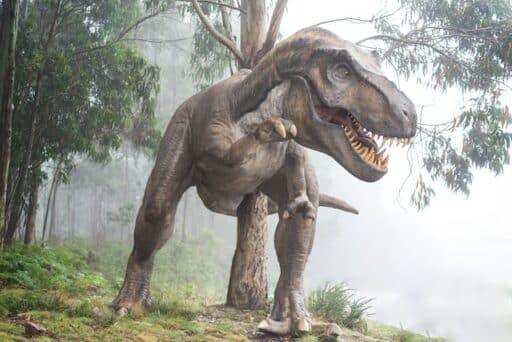
Tyrannosaurus Rex was undoubtedly among the most lethal predators to have ever existed. Although no longer considered the largest meat-eating dinosaur, it is still regarded as the strongest animal in many ways.
It could bite with a force ranging from 9 to over 23 tonnes. The T-Rex would have had an even stronger bite than a Megalodon, with its crushing jaw weighing over 23 tonnes. Compared to the Megalodon, the bite of a T-Rex was significantly larger relative to its body.
A Tyrannosaurus Rex was capable of lifting weight approximately equal to 5 tonnes, which is about the size of an African Elephant – easily ripping off a 500-pound lump of flesh in a single bite!
Furthermore, because of its powerful bite, the skeleton of a T-Rex would have been tougher than strengthened steel, which was thought to be the only material able to replicate T-Rex bone accurately.
Lastly, if the force of the bite wasn’t enough to kill its targets, the ensuing infection would have been highly lethal. Therefore, it may not be the largest meat-eating dinosaur – although it is still one of the most dangerous prehistoric animals. It remains the most ferocious and nonetheless deserves to be called the ‘King’ of the dinosaurs.
#6 Haast’s Eagle
The Haast Eagles, the most formidable and lethal animal ever to take flight, originated in New Zealand. Since the area was isolated from the rest of the planet, the island was devoid of large animal life.
Birds were able to access all of the important landscapes. As a result, they became the dominating life form. Due to the lack of large mammalian predators, the Haast Eagle eventually became the dominant predator. It evolved to enormous sizes because its primary prey, the Moa, was also huge in size.
The Haast Eagle could weigh up to 15 pounds and had a wingspan of about 10 feet. In addition, it had paws up to 4 inches long, almost equal to those of a Bengali tiger!
With a velocity of 60 mph, the creature would first attack its target with its talons. The eagle first dissembled its prey and practically broke its limbs with its claws. This rendered the prey severely wounded and unable to defend itself – if they didn’t die from the first hit already, that is.
The first human settlements in New Zealand were preyed upon by the Haast Eagle. It is known that the species specifically targeted their children. Consequently, the early Maori tribes worshiped and feared them simultaneously.
In the end, though, it was humankind who wiped out this winged monster when they made their primary food source, the Moa, go extinct.
The Haast Eagle became extinct around 1400. Like the Moa, there had been reports of the occasional sighting thereafter, but recent scientific studies generally regard it to be extinct.
In addition to constantly attacking and often killing animals several times their own size (including sheep, antelopes, wolves, foxes, cats and dogs, reptiles, monkeys, and baboons), these eagles are also quite bold and terrifying predators.
Therefore, we are fortunate enough that other eagles have never been as large and powerful as this beast.
#7 Deinosuchus
Crocodiles are terrifying enough as it is. A 35-foot-long, lethal beast lurking in the water makes the crocodiles we know seem like cuddly pets, though.
During the Cretaceous period, around 80 million years ago, a deadly species known as Deinosuchus existed – comparable to the crocodiles and alligators of the present day.
This enormous crocodile, with a length of up to 35 feet and a weight of up to 6.5 m tonnes, was capable of devouring giant dinosaurs, fish, and marine turtles, thanks to its large, pointy teeth.
Although several giant crocodiles existed during the prehistoric era, the Deinosuchus stands out as one of the most terrifying extinct species due to its sheer size. The skull on its own measured 6 feet.
North America is home to its skeletal remains that provide enough evidence of its gigantic size.
Its name, which in Greek means “dreadful crocodile,” is a fitting one considering that researchers estimate its biting force to have been 20,000 pounds. A contemporary saltwater crocodile typically has a strength of about 3,700 pounds only.
Deinosushcus presumably preyed on animals that drank from the river banks in the tropical regions at the time. It was likely to stay underwater before ambushing its prey. Thanks to its pointed snout with a supplemental palate it could still breathe while remaining almost entirely submerged in water.
This gigantic creature became extinct approximately 73 million years ago in the cretaceous era before the dinosaurs went extinct. According to experts, the reason for their extinction might be that it was too large to adapt to the changing climate.
#8 Arthropleura
If you despise centipedes, encountering an Athropleura would be your greatest nightmare! With the exception of their size, these creatures are almost identical to centipedes. The Arthropluera dwarfed the centipede in size, having ribs that extended over 7.5 feet in length.
In fact, they are the biggest species of invertebrate ever recorded. They walked the planet between 340 and 280 million years back, in what is now North America. Typically they thrived from the Lower Carboniferous Period till the lower Permian Period.
These horrible prehistoric animals could have been herbivores, but due to their size, they were free to crawl about the forest floor because they had no predators to worry about. Just the thought of them could make anyone go nauseous!
Even though several preserved trackways uncovered over the years are considered to be from these creatures, only two somewhat intact fossilized records have been identified as Arthroplueras with certainty.
Because the bodies of these massive millipedes tended to disintegrate once they died, this is likely to be one of the reasons why very few fossils have been found.
#9 Basilosaurus
You might be startled to learn that there has been another prehistoric animal that reigned in the oceans. A prehistoric whale, known as Basilosaurus, often known as the “king lizard,” ruled the seas in one era.
The Basilosaurus, a large dinosaur that could weigh up to 10 tonnes, existed when mammals first began to grow, after the dinosaurs had already died out.
In the water, Basilosaurus was at the apex of their food web. They were carnivorous and could kill anything with their fangs.
Even the gigantic fish, sharks, or other whales were no big deal for them. In fact, the ancient elephants that roamed the region throughout the Eocene era would have provided Basilosaurus with an easy meal if they ventured too near to them.
Around 40 million years ago, these huge whales were active and thriving during the Eocene period. However, the entire family went extinct by the end of this era.
#10 Short-Faced Bear
A ferocious species of extinct bear, known as Arcdotus, lived during the last ice age around 11,000 years ago. These species were voracious predators that roamed around North America, eating wild horses, antelope, and even giant sloths.
According to experts, short-faced bears were capable of making brief sprints at speeds of 30 to 40 mph and could raise up to a full stature of 12 to 13 feet to intimidate their prey.
These creatures had two species, one being the giant short-faced bear and the other being their smaller version. Because of their short snouts, as compared to the present-day bears, which boosted their bite power, they were given the nickname “snout bears.”
Although likely deemed omnivores, both species were predatory animals. They may have weighed approximately 2,000 pounds, according to their fossilized bones.
They hibernated during the really cold months. Moreover, fossils unearthed in caves carried butchering scars on their bones, roving that humans hunted them.
Their warm coats and flesh would have been alluring to humans. However, hunting them would’ve been much of a nuisance.
The short-faced cave bears vanished from the face of the earth about 11,000 years ago due to their inability to survive a combination of climate change and a lack of food resources, coupled with their hunting by humans.
The Final Word Top 10 Dangerous Prehistoric Animals
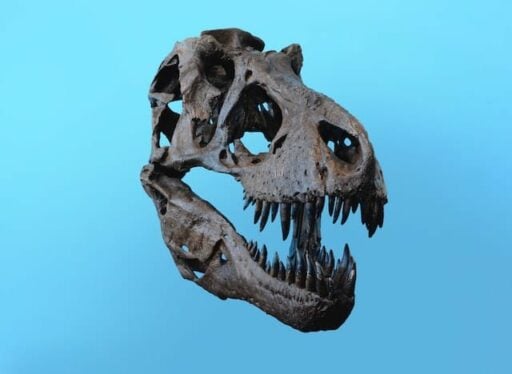
By now, you can establish that the world was a much scarier place to live in several million years ago. Had these deadly creatures remained alive to this date, we would not be living the seemingly perfect lives we do right now.
Even so, human beings must never be the sole cause of the extinction of a species. Regardless of how dangerous a species may be, conserving wildlife is essential for maintaining ecological balance on earth.
Therefore, we must join hands and work out the best ways to preserve the creatures of the wild and make the world safe for them to dwell in.
Thank you for reading this article! If you want to keep reading about animals that will send shivers down your back then have a look at the Most Dangerous Marine Animals!
- Magpie Bird Is Reunited with Her Dog Best Friend - April 24, 2024
- Dog Saves Another Dog From Drowning in Fish Pond - April 23, 2024
- Man On Motorbike Rescues Cat From Highway - April 23, 2024

